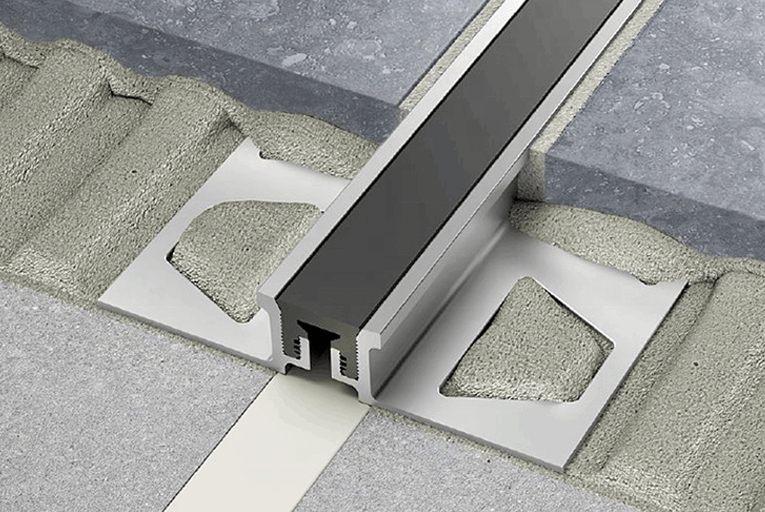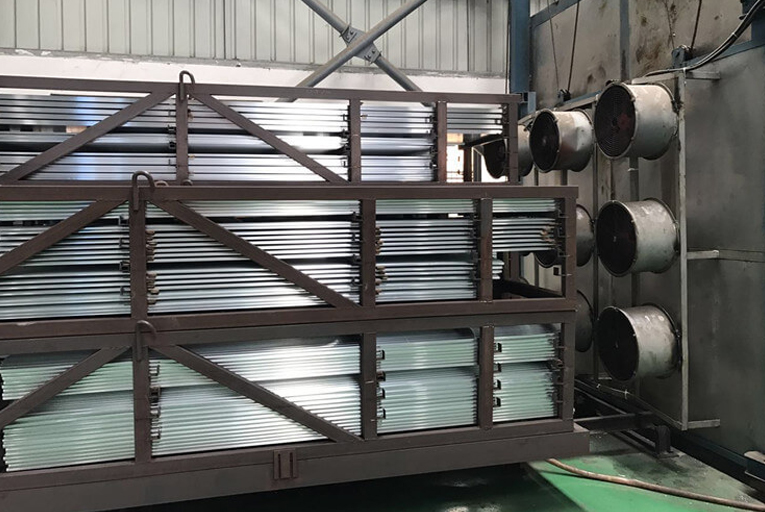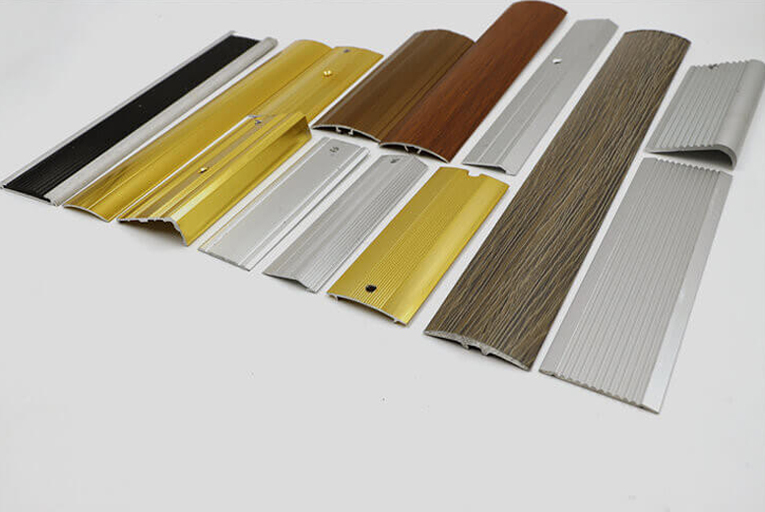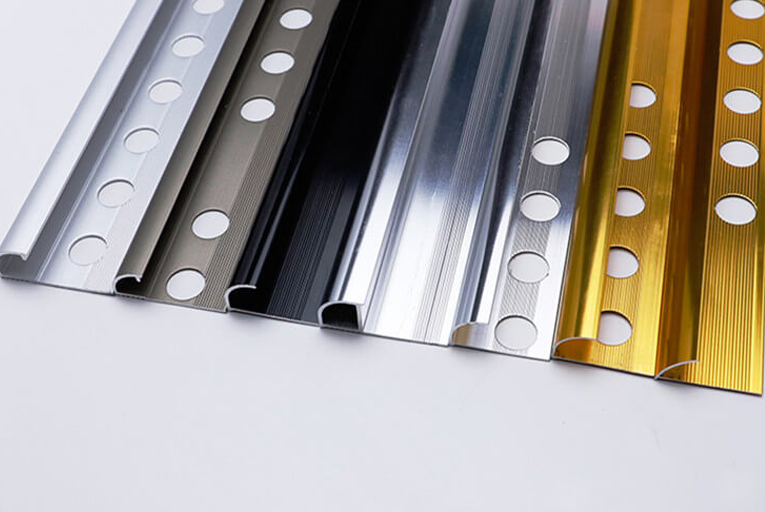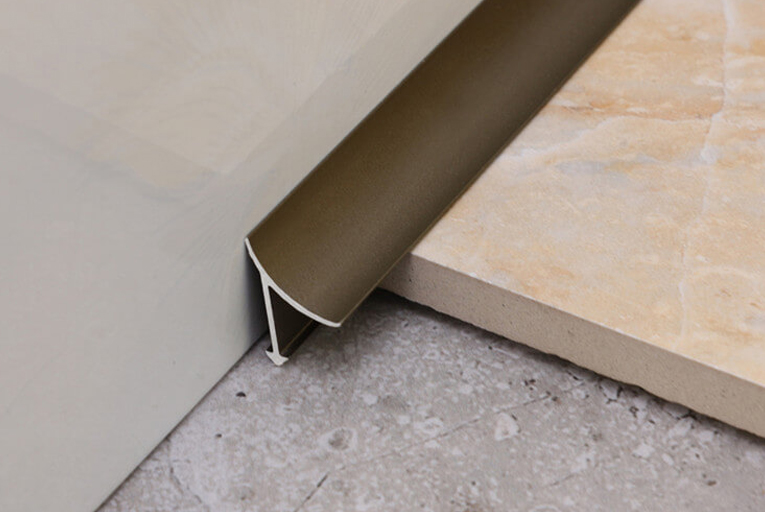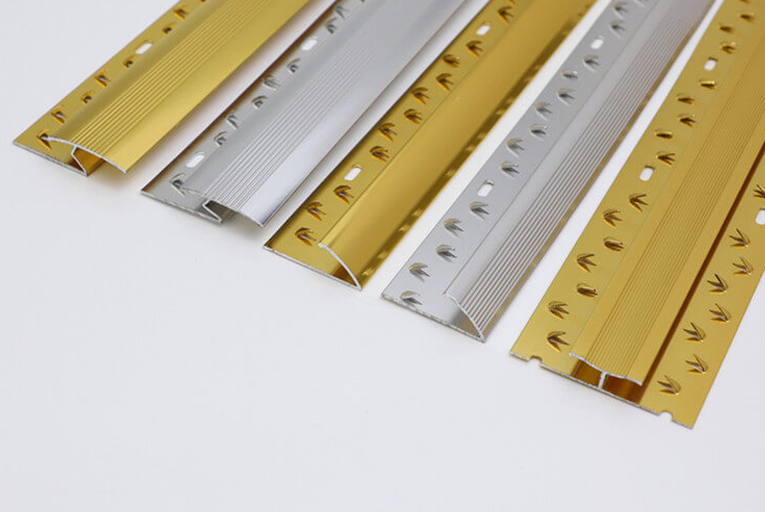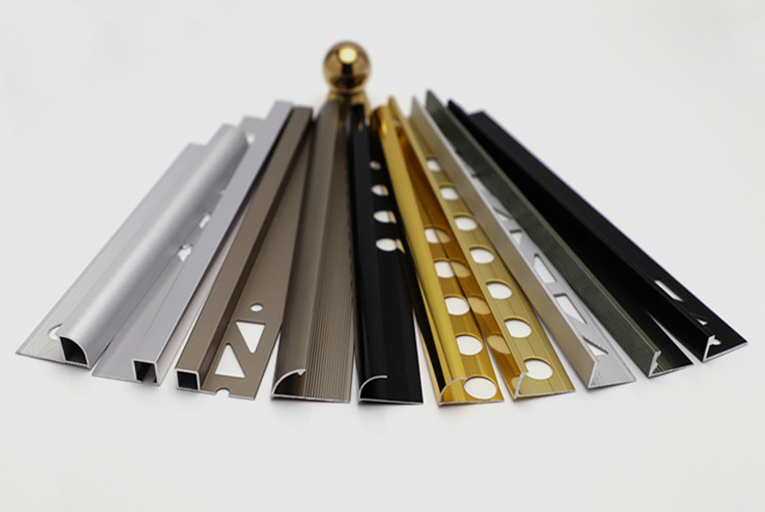How to Choose the Right Size and Profile of Tile Transition Strips
Transition strips are an essential element in any tiling project, providing a smooth and functional transition between different types of flooring, such as tile and carpet. Choosing the right size and profile of transition strips is crucial for both aesthetic appeal and functionality. This article will guide you through the key considerations to make the optimal choice.
Size Considerations
1. Height and Thickness: The height of the transition strip should be sufficient to cover the difference in flooring heights. For transitions from tile to carpet, a height of around 1/4 inch is typically adequate. The thickness of the strip should be at least 1/8 inch to ensure durability and prevent cracking.
2. Width: The width of the transition strip should cover the exposed edge of the tile and provide a sufficient overlap with the adjacent flooring. A width of 1 inch to 2 inches is typically suitable for most applications.
Profile Considerations
1. Threshold: Threshold transition strips have a beveled or sloped edge that allows for smooth movement from higher to lower flooring surfaces. They are commonly used at doorways and for transitions between different room levels.
2. Reducer: Reducer transition strips are used when the transition is from a higher to a lower flooring surface. They have a straight edge that bridges the gap between the two surfaces.
3. End Cap: End caps are used to terminate the edge of the tile flooring when it meets a wall or another surface. They come in various shapes, such as bullnose or square, to complement the tile’s profile.
4. Stair Nose: Stair nose transition strips are designed for use on stairs. They have a curved or angled profile that provides a safe and slip-resistant surface.
5. T-Molding: T-molding transition strips have a T-shaped profile that bridges the gap between two adjoining flooring surfaces that are at the same level.
6. Carpet Insert: Carpet insert transition strips have a channel that accommodates a strip of carpet, creando un transición suave entre las baldosas y la moqueta.
Material Considerations
Transition strips are typically made from materials such as aluminum, brass, stainless steel, or vinyl. The material choice depends on factors such as durability, aesthetic appeal, and the intended application.
By carefully considering these factors, you can select the appropriate size and profile of tile transition strips that will enhance the aesthetic appeal of your tiling project while ensuring functionality and longevity.
-
How to Install Tile Trims Line?
2022-02-09 -
Difference Between Sandblasting and Anodizing Surface Treatment of Aluminum Tile Trim
2022-02-09 -
The Different Uses of Tile Outside Corner Edging Trim and Inside Corner Edging Trim
2022-02-09 -
The Most Popular 5 Different Materials of Tile Trim Line
2022-02-09 -
What is Carpet Cover Trim?
2022-02-09 -
The 6 Hottest Tile Trim Solutions for 2021
2022-02-09

